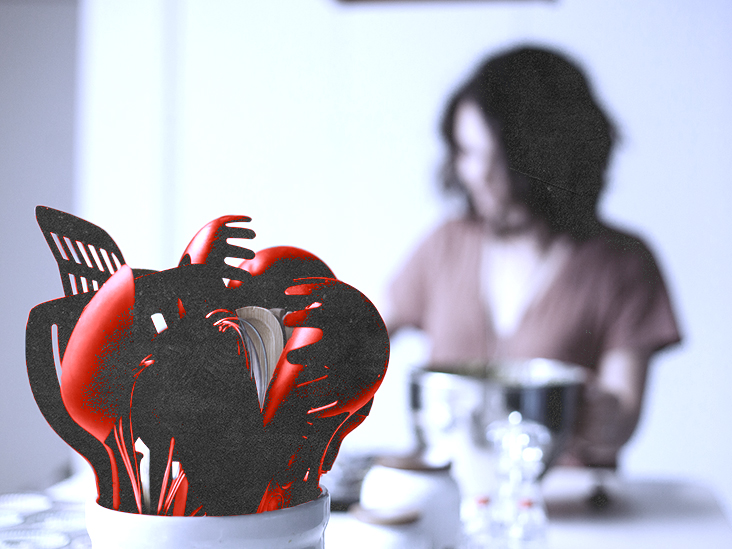While research is still in its early stages, some studies suggest that dietary changes may help reduce period symptoms.
In some cases, over-the-counter (OTC) medications can help control period symptoms such as bloating and pain. But a person may wish to take other steps to relieve symptoms and support their overall health during menstruation.
This article looks at foods people should eat during their period to help ease symptoms.
Some evidence suggests that specific foods may help alleviate certain period symptoms. According to the Office on Women’s Health, about
The following are some foods that evidence suggests may ease period-related symptoms.
While fruit and vegetables are a vital source of nutrients and fiber in anyone’s diet, they may be especially helpful during menstruation.
A
This was true in several studies the authors discussed, but it did not appear to improve symptoms in people with endometriosis.
Drinking enough water is essential for health, and during menstruation, it can reduce the likelihood of dehydration headaches. It can also stop you from retaining water and bloating.
The Dietary Guidelines for Americans 2015-2020
Salmon, tuna, sardines, and oysters are rich sources of omega-3 fatty acids. These nutrients can reduce inflammation in the body and may help tackle period pain.
A
One group took omega-3 supplements, while the other group received a placebo. The participants in the omega-3 group experienced a significant reduction in pain intensity. They also took fewer doses of ibuprofen to manage pain.
A 2014 study noted that omega-3s may also reduce depression. This may benefit those who experience mood swings and low mood around their period.
Other foods that contain omega-3s include:
Dark chocolate is both tasty and a
Eating enough iron can help prevent iron deficiencies. Menstruation causes iron levels to dip as a person loses blood and can cause anemia in people with very heavy periods. According to the
A 1 ounce serving of dark chocolate contains
Additionally, dark chocolate provides a magnesium boost. According to a
Lentils and beans are another source of iron and are high in protein. Eating enough protein is essential for health, and during menstruation, it may help curb cravings for less healthy options.
Legumes also contain the essential mineral zinc. A
Just as some foods may ease period symptoms, others may make them worse. These are usually foods that cause inflammation or bloating.
Foods to avoid include:
Additionally, lowering sodium intake can help reduce period-related bloating and weight gain. A
The American Heart Association indicates that, in general, most people should eat no more than
Although there is a lack of research in this area, it seems as if foods containing specific nutrients may shorten the length of a period.
One example is vitamin B6. A
Vitamin B6 exists in various foods. The
Although uncommon, myrtle fruit syrup may also help. A
While many menstrual symptoms are common, people should
Some dietary changes may ease menstrual symptoms in some people or help them stay healthy during their period.
For example, eating iron-rich foods can help replenish iron stores when a person is losing blood. Other minerals such as magnesium and zinc may help ease symptoms.
People should speak with a doctor about severe or irregular periods, as they may have an underlying condition that could benefit from medical treatment.
Last medically reviewed on November 17, 2021
21 sourcescollapsed
Certain home remedies and lifestyle changes, such as diet and exercise, can help people to regulate irregular periods. In this article, we look at…
Period blood can vary in color and relays important information about a person’s health. Normal period blood typically varies from bright red to dark…
The menstrual cycle is important in the development of the female body but has a range of uncomfortable effects. One of these involves bloating…
Menstrual cramps are a common symptom of periods. Learn about a variety of home remedies to treat cramps, such as heating pads and massage, here.
Endometriosis is a common condition among women. During menstrual periods it can cause severe pain, cramping, and heavy bleeding. While there is…
OUR BRANDS
